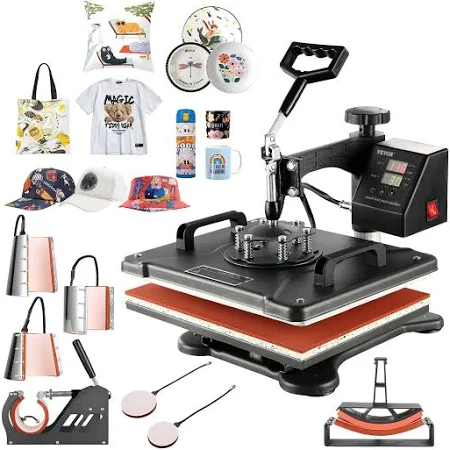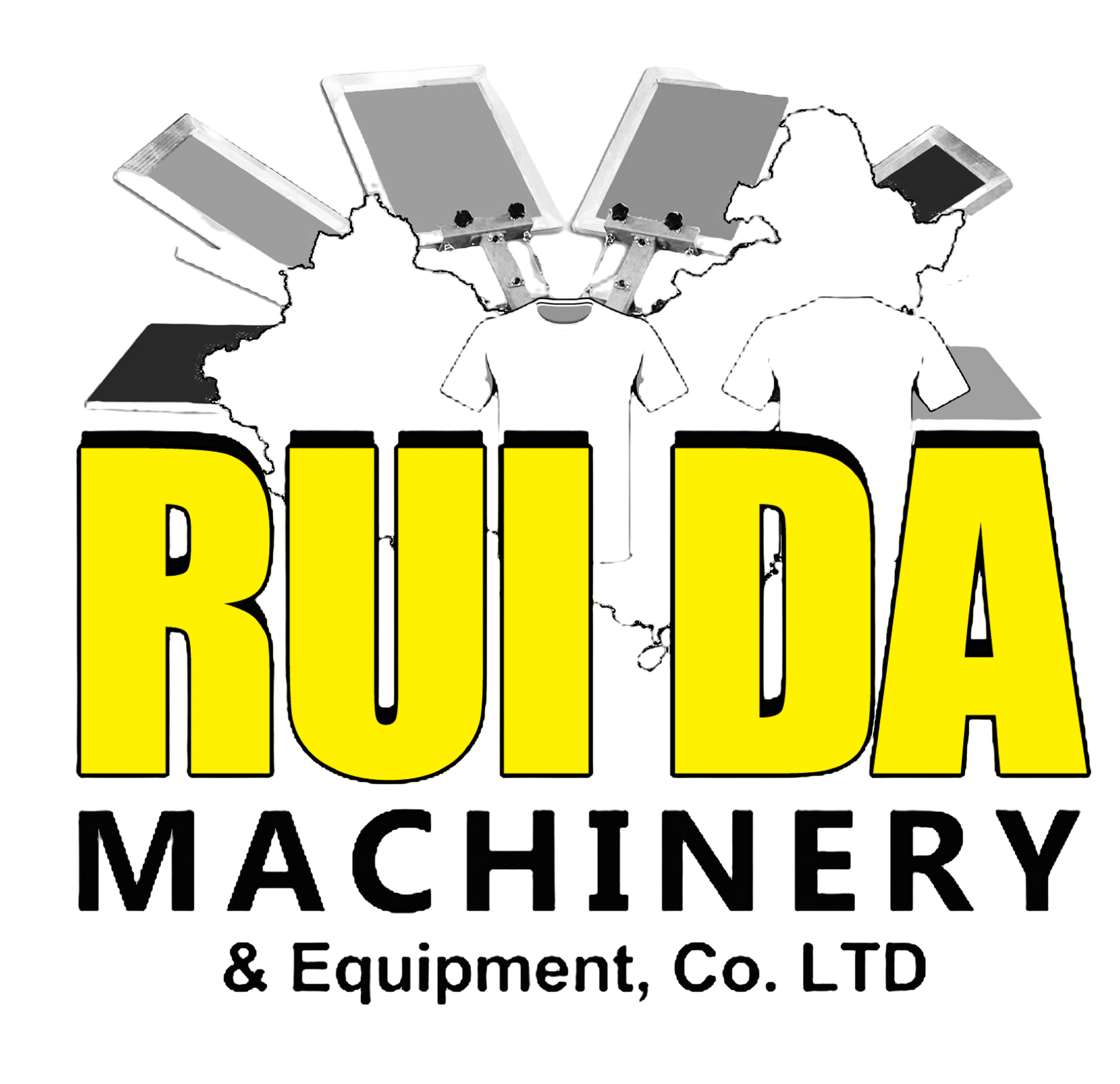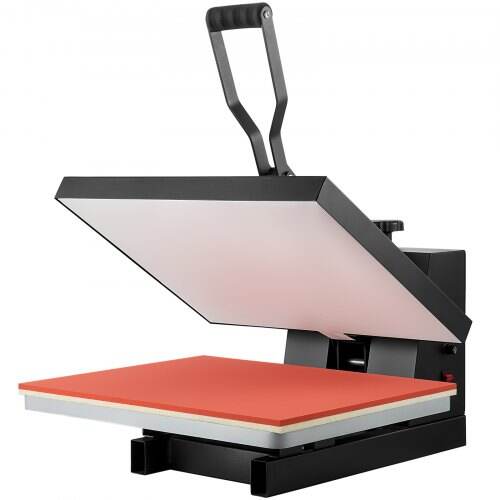Mastering the Art of Heat Press Technology
Heat press machines have revolutionized the customization industry, enabling both professionals and enthusiasts to create stunning designs on various materials. From t-shirts and caps to mugs and phone cases, a heating press machine serves as an essential tool for transferring designs with precision and consistency. Understanding how to operate this versatile equipment properly not only ensures high-quality results but also extends the machine's lifespan and maintains workplace safety.
Essential Components and Setup
Understanding Your Heat Press Parts
The heating press machine consists of several crucial components that work together seamlessly. The upper platen houses the heating element and temperature controls, while the lower platen provides the flat surface necessary for proper heat transfer. The pressure adjustment mechanism, typically located at the top, allows you to modify the force applied during pressing. Digital controls enable precise temperature and time settings, which are critical for achieving optimal results across different materials.
Proper Workspace Organization
Setting up your heating press machine in an appropriate workspace is fundamental to successful operation. Choose a sturdy, flat surface that can support the machine's weight and withstand its heat output. Ensure adequate ventilation to dissipate heat and any fumes from transfer materials. Keep the surrounding area clear of clutter and maintain easy access to power sources and materials. A well-organized workspace not only improves efficiency but also reduces the risk of accidents.

Temperature and Time Settings
Material-Specific Temperature Guidelines
Different materials require specific temperature settings for optimal results. Cotton typically needs 350-375°F, while polyester requires lower temperatures around 270-300°F to prevent scorching. Delicate materials like silk demand even lower temperatures. Always consult your heating press machine manual and transfer material guidelines for precise settings. Start with recommended temperatures and adjust based on test results to find the perfect balance for your specific applications.
Timing Precision Techniques
The duration of heat application is equally important as temperature control. Short pressing times may result in incomplete transfers, while excessive duration can damage materials or cause designs to bleed. Most transfers require 10-15 seconds, but specialized materials might need up to 60 seconds. Use a timer function if available on your heating press machine, and maintain consistent timing across projects for reproducible results.
Pressure Adjustments and Material Handling
Achieving Optimal Pressure Levels
Pressure settings on your heating press machine significantly impact transfer quality. Too little pressure results in incomplete adhesion, while excessive force can damage both the material and the transfer. Medium pressure typically works well for most applications, feeling firm but not difficult to close the press. Test pressure settings on scrap material first, looking for complete transfer without excessive marking or crushing of the substrate.
Material Placement and Alignment
Proper material placement ensures even pressure distribution and accurate design transfer. Use alignment tools or grid marks on the lower platen to position items consistently. For garments, smooth out wrinkles and pre-press to remove moisture. When working with transfer papers or vinyl, ensure they're perfectly flat and properly aligned with the substrate. Consider using heat-resistant tape to secure transfers in position during pressing.
Maintenance and Troubleshooting
Regular Cleaning Procedures
Maintaining your heating press machine ensures consistent performance and longevity. Clean the platens regularly when cool, using appropriate cleaning solutions to remove adhesive residue and dirt. Check and tighten any loose components periodically. Keep the machine covered when not in use to prevent dust accumulation. Regular maintenance prevents common issues and ensures reliable operation for years to come.
Common Issues and Solutions
Even well-maintained machines may encounter occasional problems. Uneven heating might indicate calibration issues or worn heating elements. Inconsistent pressure could stem from misaligned platens or adjustment mechanisms needing maintenance. Document any issues and their solutions for future reference, and don't hesitate to consult professional technicians for complex problems that could affect your heating press machine's performance or safety.
Safety Protocols and Best Practices
Personal Protection Measures
Safety should always be your priority when operating a heating press machine. Wear heat-resistant gloves when handling hot materials, and avoid loose clothing that could get caught in the press. Keep your workspace well-ventilated, and never leave the machine unattended while hot. Install the press away from flammable materials and ensure easy access to emergency shut-off controls.
Emergency Procedures
Establish clear emergency procedures for various situations. Know how to quickly shut off power in case of malfunction. Keep appropriate fire extinguishers nearby and train all operators in their use. Post emergency contact numbers and basic first aid procedures in visible locations. Regular safety drills and updates help maintain a secure working environment.
Frequently Asked Questions
How long should I warm up my heat press before use?
Allow your heating press machine to warm up for 15-20 minutes before use to ensure even temperature distribution across the platen. This pre-heating time helps achieve consistent results and prevents under-pressing early projects.
Can I press multiple items simultaneously?
While some larger heating press machines can accommodate multiple items, it's generally recommended to press one item at a time to ensure even pressure and heat distribution. Multiple items might create uneven pressure points and lead to inconsistent results.
How often should I calibrate my heat press temperature?
Check your heating press machine's temperature calibration at least monthly using a surface thermometer or temperature strips. Regular calibration ensures accurate temperature readings and consistent transfer quality. If you notice any inconsistencies in your transfers, check calibration more frequently.

